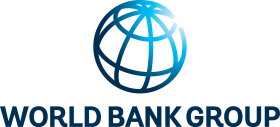Accounting for around a third of the
1996 Goss Domestic Product (GDP) of US$ 9 billion (second
only to oil), and almost three-fourths of all employment,
agriculture is a dominant sector of the Cameroonian economy.
Also, as in most African countries, poverty in Cameroon is
concentrated in rural areas, with more than 80 percent
(approximately 5.5 million) of all poor people living in
such areas. The Government of Cameroon's objectives
include the need to create a sectoral environment favorable
to reviving agricultural production; ensure food security;
increase farm incomes by improving productivity and reducing
the costs of production; and render agricultural products
competitive in domestic and international markets. It is
committed to progressively liberalizing the marketing's
of inputs and traditional export commodities, and
privatizing agricultural development activities.
Consequently, inasmuch as poverty reduction and economic
growth are at the core of the World Bank's Country
Assistance Strategy (CAS) for Cameroon, they necessitate a
strategic focus on the agricultural and rural sectors.
Authors and Publishers
Bindlish, Vishva
Clementine Ananga, Messina
World Bank Group (WB)
The World Bank is a vital source of financial and technical assistance to developing countries around the world. We are not a bank in the ordinary sense but a unique partnership to reduce poverty and support development.
Data provider
World Bank Group (WB)
The World Bank is a vital source of financial and technical assistance to developing countries around the world. We are not a bank in the ordinary sense but a unique partnership to reduce poverty and support development.


